

Munich
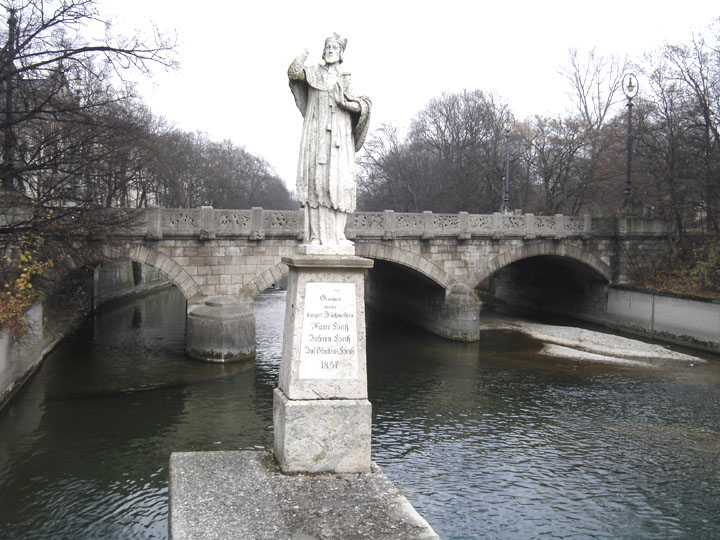
Isar river
(near the bridge which drew trade and was the start of the town of Munich)
Munich (German München), city in south central Germany, the capital of Bavaria, on the Isar River. It is an important industrial, cultural, and transportation center, and attracts many tourists with its elegant shops, fashionable nightclubs, great breweries, and lively festivals. A nearby international airport and a network of railroads and highways connect Munich with the rest of Germany and other cities of Europe.

building front done in high Munich style
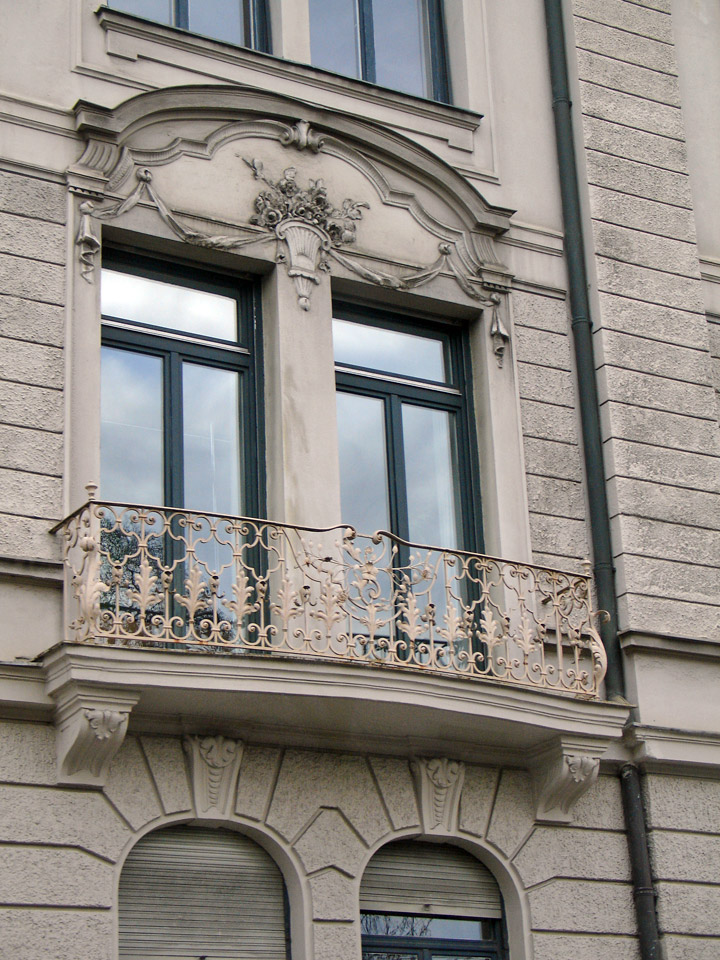
The old part of the city, on the western bank of the Isar River, has a number of
baroque and rococo buildings, mostly built in the first half of the 18th century
by the rulers of Bavaria, who were inspired by Italian models.

Neues Rathaus
In the center of the old section is the Marienplatz, a well-known square, which is dominated by the city hall, the ornate Neues Rathaus, built between 1867 and 1908.
The Marienplatz is the heart of the city of Munich. In the
Middle Ages, the square used to be a market place as well as the place where
tournaments and festivities took place. The market has been moved during the
19th century, but it still functions as the central place in Munich.
The square is dominated by the New Town Hall (Neues Rathaus). The
monumental, 79 meters high town hall was built between 1867 and 1909 by Georg
Joseph Hauberrisser in Flemish Gothic style to alleviate the overcrowded Alten
Rathaus nearby.
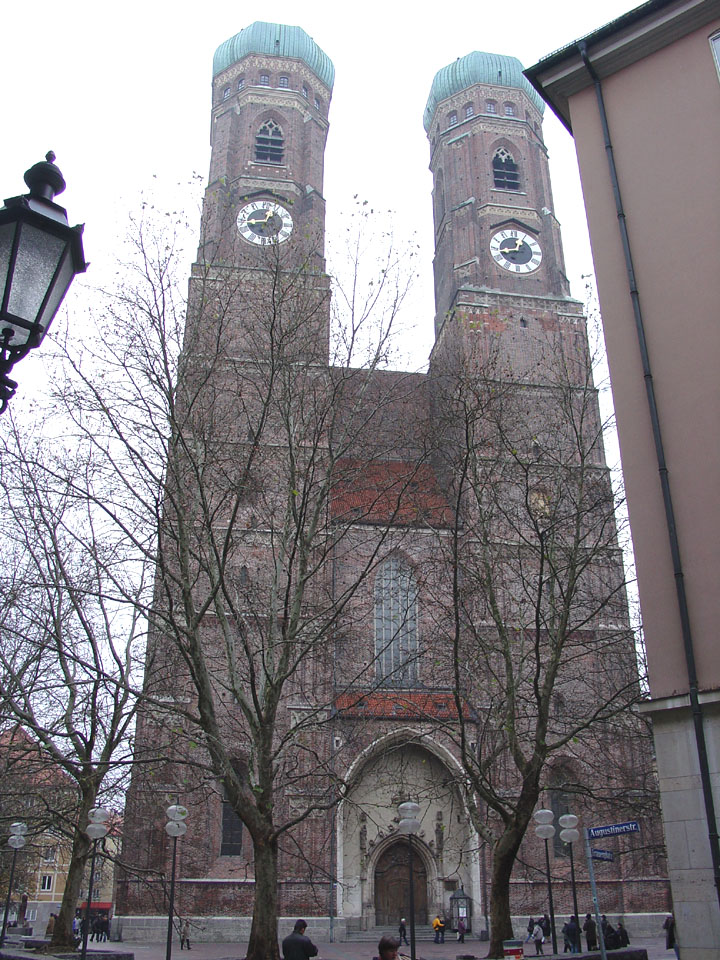
Frauenkirche
Next to the city hall is the 15th-century Frauenkirche (Church of Our Lady), a massive late Gothic brick cathedral with two towers (99 m/325 ft high).
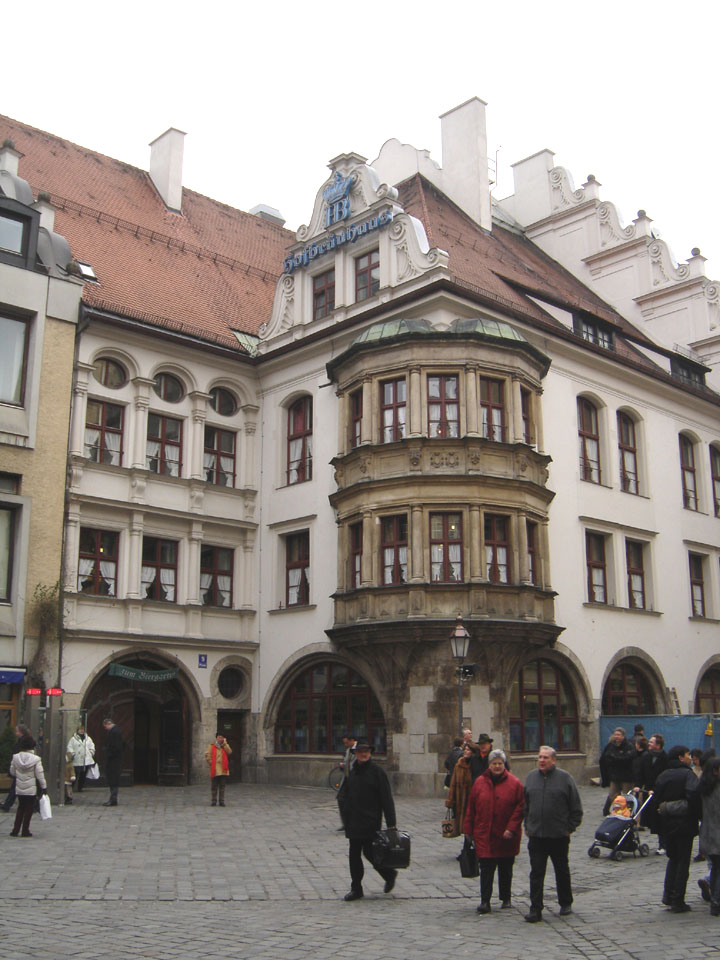
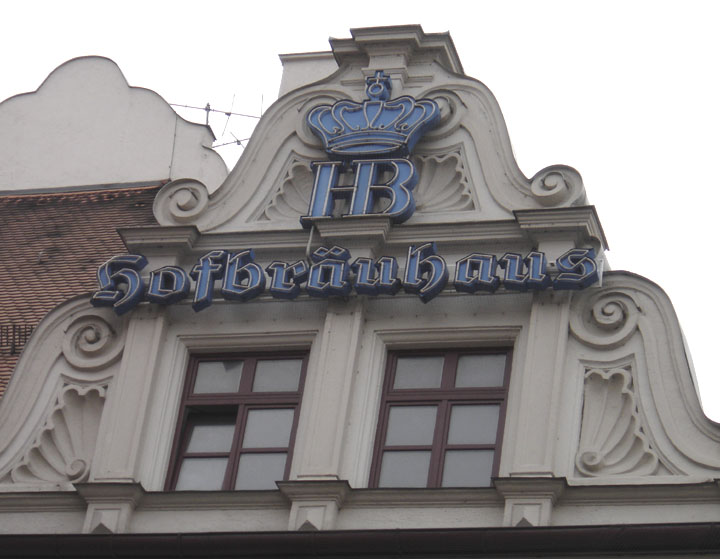
the famous Hofbräuhaus
More Photos of the Hofbräuhaus
Several of the original gates to the city, including Sendlinger Gate (1310) and Isar Gate (1337), are still standing. The Hellabrunn Zoo is one of the largest in Germany. The city also has a large English garden, with a lake; a Chinese pagoda; and the Haus der Kunst, an art gallery, within its confines.
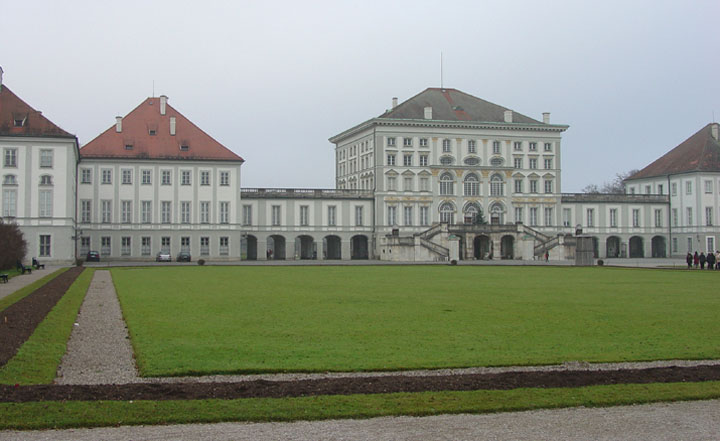
Nymphenburg Castle
More Photos of Nymphenburg Castle
The baroque Nymphenburg Castle (begun 1664) is located in an opulently landscaped park. A large stadium was erected for the 1972 Olympic Games, which were held in Munich.
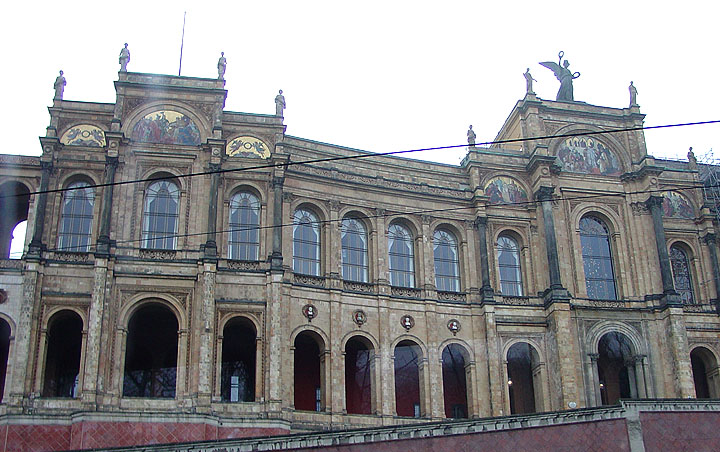
Maximilianeum
On the eastern bank of the Isar River
is the Maximilianeum (1874-1877), home of the Bavarian parliament.
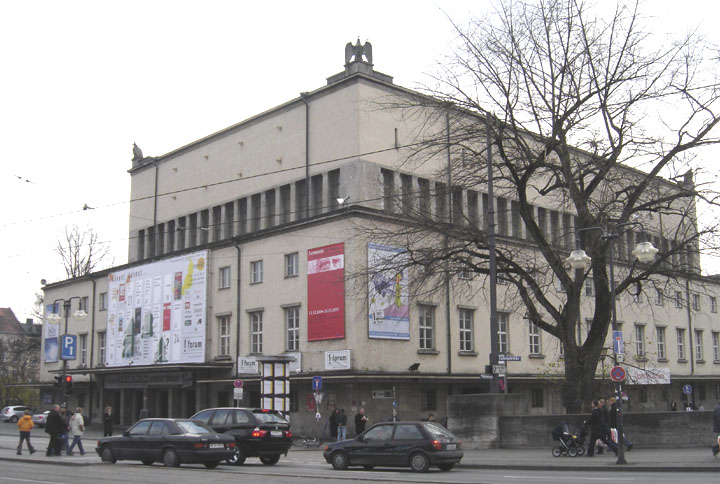
Deutsches Museum
Among the many museums and art galleries of Munich is the Deutsches Museum (German Museum), a museum of science and technology located on an island in the Isar River. The Bavarian National Museum in the city contains arts and crafts from the Middle Ages to the 19th century.
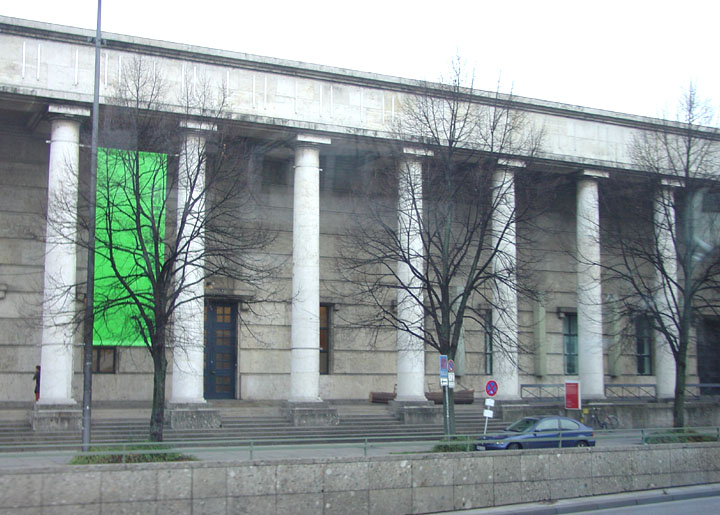
Art Museum (Haus de Kunst)
A leading German art gallery is the
Alte Pinakothek (1836); its collection includes many paintings by the old
masters. Munich's Neue Pinakothek, opened in 1981 to replace a museum that was
destroyed during World War II (1939-1945), contains an important collection of
19th-century European art.
Text from Microsoft Encarta
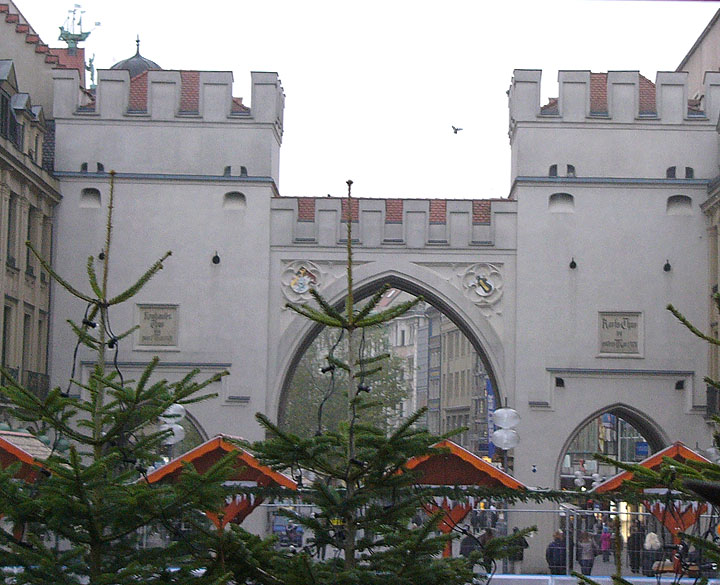
the Karlstor (Karls gate).
This gate was part of a large 14th century city wall which replaced the smaller city wall from the 12th century. The city wall was destroyed at around 1800, and the Karlstor became the center of a new square, Karlsplatz. Two buildings were built next to the Karlstor, forming a symmetrical halve circle, symbolizing the opening of the city towards the outside.
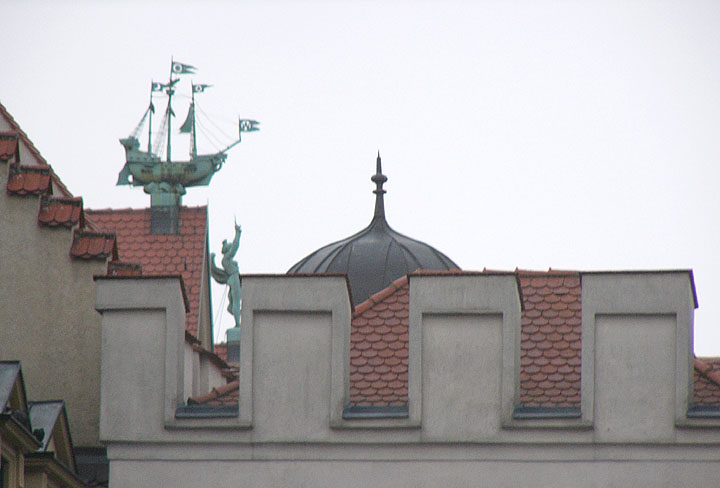
detail on the top of Karls Gate
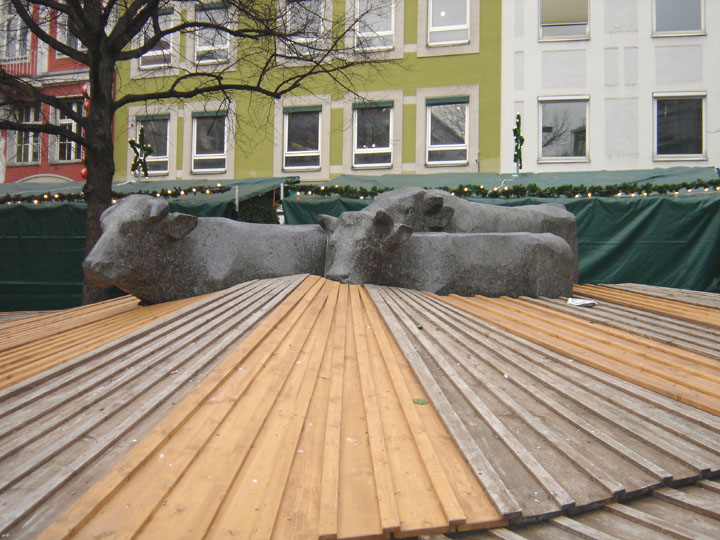
winter covering of the fountain on Rinderplatz (cattle market)
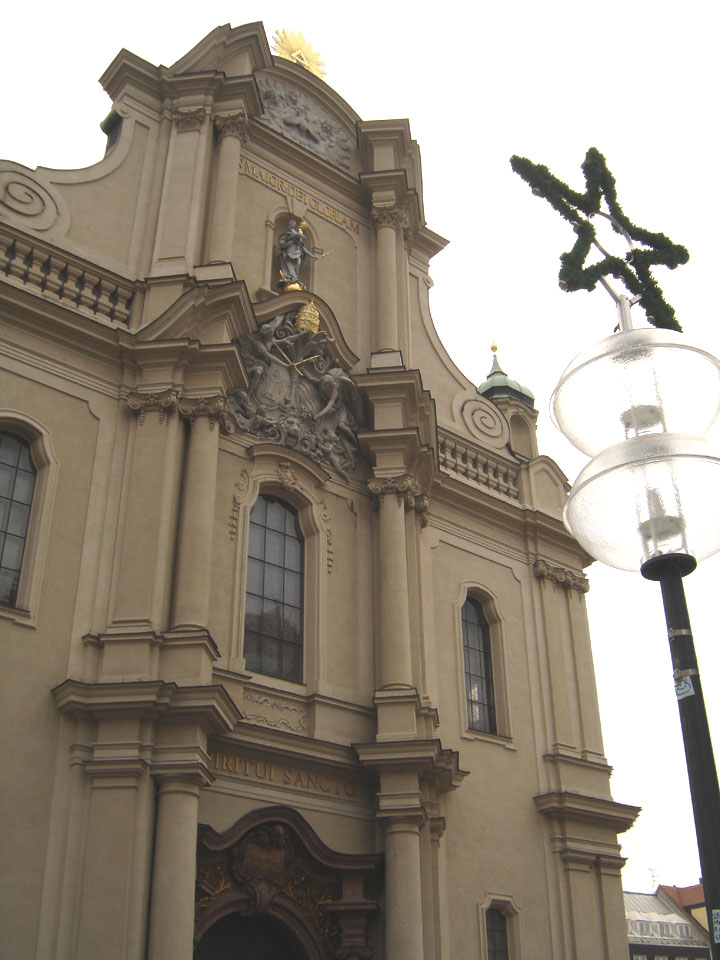
Baroque style church
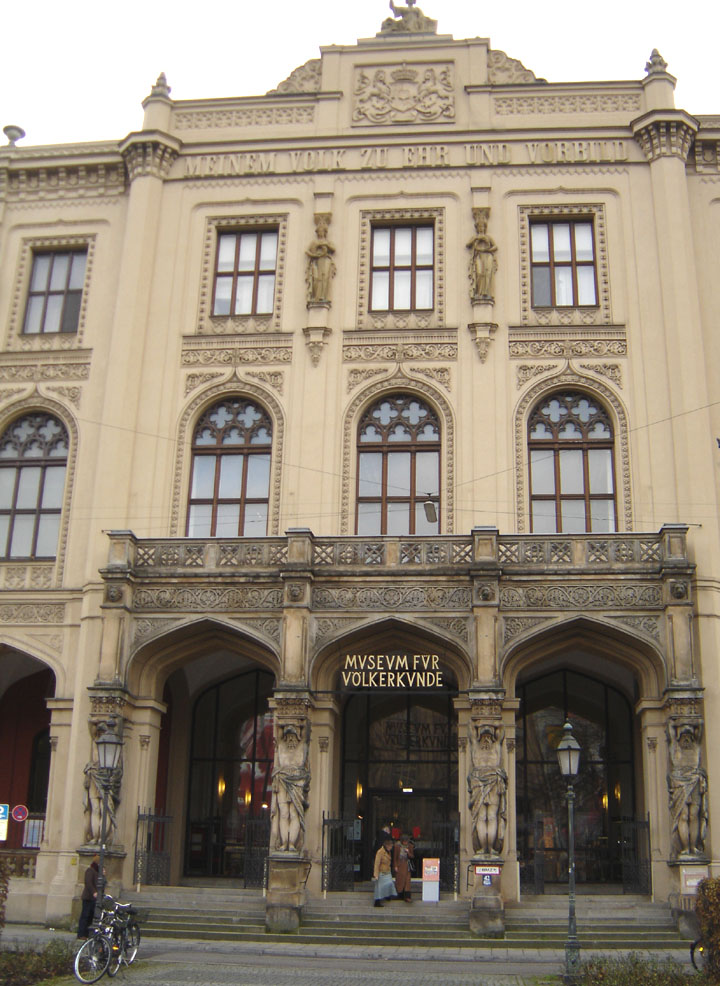
Folk Culture Museum

Public bath
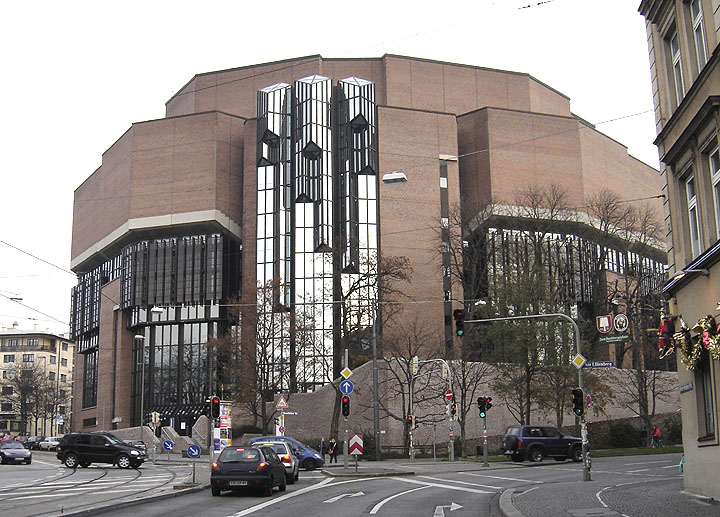
Symphony Hall
Photos of Munich's Nazi period